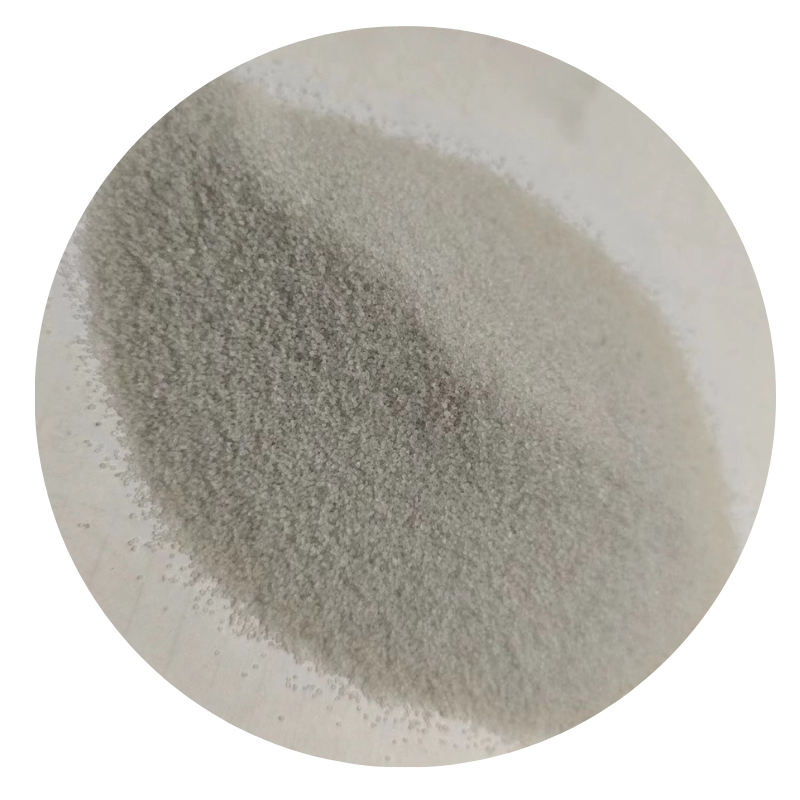
The properties and uses of alumina and aluminum in industrial applications.
Alumina and aluminum are two closely related materials that play important roles in modern industry and technology. Alumina, also known as aluminum oxide, is a ceramic material that is widely used in various applications due to its excellent properties. Aluminum, on the other hand, is a metallic element that is derived from alumina and is renowned for its lightweight and corrosion-resistant properties.
Alumina is a versatile material that is used in a wide range of industries. One of the most common uses of alumina is in the production of aluminum metal. Alumina is first refined from bauxite ore through the Bayer process, and then smelted to extract aluminum metal. This metal is then used in a variety of applications, including aerospace, automotive, and construction.
Alumina is also used in the production of ceramics, where it is prized for its high hardness, excellent thermal properties, and resistance to wear and corrosion. It is used in the manufacture of cutting tools, insulating materials, and electronic components. Additionally, alumina is an essential component in the production of refractories, which are used to line high-temperature industrial furnaces and kilns.
Aluminum, derived from alumina, is a widely used metal that is prized for its lightweight and corrosion-resistant properties. It is used in a variety of applications, including transportation (such as in the construction of cars, planes, and trains), packaging (aluminum foil and cans), and construction (aluminum siding and roofing). Aluminum is also used in electrical transmission lines, as it is an excellent conductor of electricity.
alumina and aluminum

One of the key advantages of aluminum is its recyclability. Aluminum can be recycled indefinitely without losing its properties, making it a sustainable material for use in various applications. Recycling aluminum also requires significantly less energy compared to primary production, further reducing its environmental impact.
In recent years, there has been a growing interest in using alumina and aluminum in advanced technologies, such as in aerospace and electronics
. Alumina nanomaterials, for example, have unique properties that make them ideal for use in catalysis, sensors, and biomedical applications. Aluminum alloys are also being developed with enhanced properties, such as improved strength and conductivity, for use in next-generation technologies.In conclusion, alumina and aluminum are two essential materials that have a wide range of applications in various industries. From the production of aluminum metal to the manufacturing of ceramics and advanced technologies, these materials play a crucial role in modern society. With ongoing research and development, alumina and aluminum are bound to find even more applications in the future, contributing to sustainable and innovative solutions for a wide range of industries.
Share
-
Premium Pigment Supplier Custom Solutions & Bulk OrdersNewsMay.30,2025
-
Top China Slag Fly Ash Manufacturer OEM Factory SolutionsNewsMay.30,2025
-
Natural Lava Rock & Pumice for Landscaping Durable Volcanic SolutionsNewsMay.30,2025
-
Custom Micro Silica Fume Powder Manufacturers High-Purity SolutionsNewsMay.29,2025
-
Custom Mica Powder Pigment Manufacturers Vibrant Colors & Bulk OrdersNewsMay.29,2025
-
Custom Micro Silica Fume Powder Manufacturers Premium QualityNewsMay.29,2025






